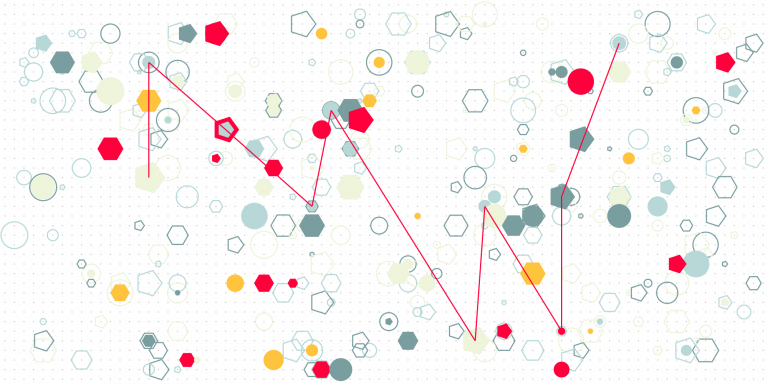Limits of Explainability in AI Built Using Statistical Learning
How good of an explanation can be provided by Artificial Intelligence built using statistical learning methods? This note is slightly more complicated than my usual ones. In logic, conclusions are computed from premises by applying well defined rules. When a conclusion is the appropriate one, given the premises and the rules, then it is said…




